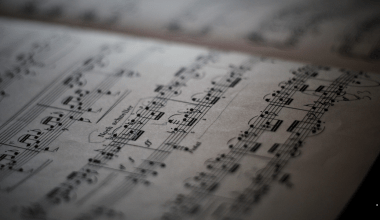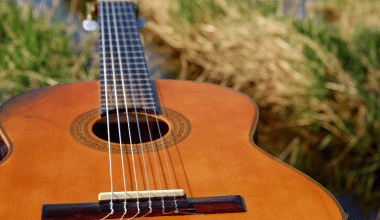Music is a universal language that connects people across cultures and continents. When we talk about world music, we’re diving into a treasure chest of sounds, rhythms, and stories from every corner of the globe. It’s more than just a genre; it’s an invitation to experience the heart and soul of diverse cultures.
Whether it’s the mesmerizing beats of African drums, the haunting melodies of Middle Eastern ouds, or the lively rhythms of Latin American samba, world music offers something for everyone. This blog will take you on a journey to discover the beauty and richness of world music, its history, instruments, and cultural significance.
What Is World Music?
At its core, world music is a broad category that encompasses traditional, folk, and contemporary music from around the globe. Unlike mainstream Western genres like pop or rock, world music draws heavily from cultural roots and local traditions.
This term became popular in the 1980s when record labels and artists needed a way to categorize music that didn’t fit into Western genres. Today, it’s a celebration of cultural diversity through sound.
Some examples include:
- Indian classical music featuring sitars and tablas.
- Flamenco music from Spain with its passionate guitar and vocals.
- Reggae from Jamaica, characterized by its laid-back rhythm.
The Origins and Evolution of World Music
World music has been around for centuries, evolving with the migration of people and the blending of cultures. Ancient civilizations used music as a way to communicate, celebrate, and connect with the divine. For example, indigenous Australian didgeridoos date back thousands of years, making them some of the oldest musical instruments.
As globalization grew, so did the exchange of musical ideas. The Silk Road, for instance, was not only a trade route but also a pathway for the exchange of music and instruments between Asia, the Middle East, and Europe. This fusion of sounds gave birth to many of the genres we now consider part of world music.
Instruments That Define World Music
One of the most fascinating aspects of world musics is its instruments. These tools not only produce unique sounds but also carry cultural significance. Let’s explore a few iconic ones:
- Djembe (West Africa): A goblet-shaped drum used in ceremonies and celebrations.
- Sitar (India): A stringed instrument known for its complex and melodious tones.
- Pan Flute (Andes): Made of bamboo, it’s a symbol of South American music.
- Bagpipes (Scotland): Often associated with Celtic music, they have a distinct sound that’s instantly recognizable.
Each instrument tells a story, reflecting the history and values of the people who created it.
The Role of World Music in Storytelling
Music is a powerful storytelling medium, and world musics is no exception. Traditional songs often narrate tales of love, struggle, triumph, and spirituality. For example:
- Native American chants are deeply spiritual, often linked to rituals and the natural world.
- African griots use music to preserve history and pass down stories through generations.
- Irish folk music tells tales of rebellion, folklore, and daily life.
These stories create a bridge between the past and the present, ensuring that cultural heritage is never forgotten.
World Music in Modern Times
With the rise of digital platforms, world musics has reached a global audience like never before. Artists like Youssou N’Dour from Senegal, Ravi Shankar from India, and Buena Vista Social Club from Cuba have brought traditional sounds to the international stage.
Moreover, collaborations between world musics artists and mainstream performers have created new genres, blending traditional and contemporary styles. Think of Paul Simon’s album “Graceland,” which incorporated South African rhythms and melodies.
Why World Music Matters
In a world that often feels divided, world musics serves as a reminder of our shared humanity. It promotes cultural understanding, empathy, and appreciation. Listening to world music can:
- Broaden your horizons by introducing you to new traditions.
- Enhance your emotional well-being through its diverse sounds.
- Inspire creativity by exposing you to unique rhythms and melodies.
How to Explore World Music
Getting started with world music is easy and rewarding. Here are a few tips:
- Create a World Music Playlist: Platforms like Spotify and YouTube offer curated playlists.
- Attend Cultural Festivals: Experience live performances from global artists.
- Learn About the Artists: Understanding the background of performers adds depth to their music.
- Try Playing Traditional Instruments: Many local musics schools offer lessons on world instruments.
Conclusion
World musics is a celebration of diversity, creativity, and human connection. It’s an invitation to explore sounds that might be unfamiliar but are deeply enriching. By embracing world musics, we open ourselves to a world of new experiences, stories, and emotions.
So, take a moment to immerse yourself in the vibrant rhythms of world musics. Let its melodies transport you across continents and cultures. After all, music has the power to unite us all.
For further reading, explore these related articles:
- Prime Music India: Your Gateway to Musical Joy
- The Beauty of Group Song Lyrics: A Journey into Harmony
For additional resources on music marketing and distribution, visit DMT Records Private Limited.






